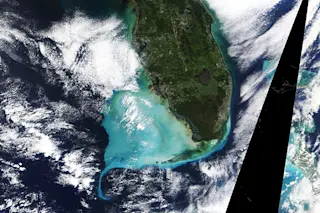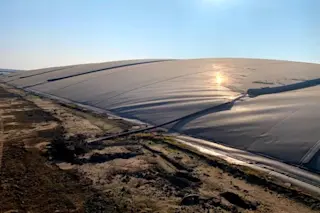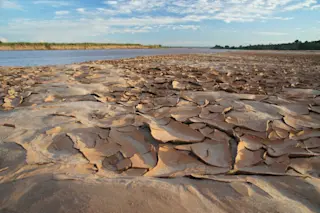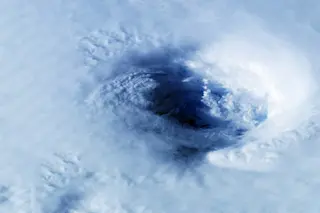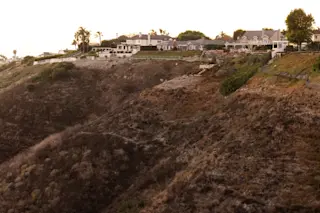As it ripped across Florida, Hurricane Ian caused a mind-boggling amount of damage, shredding roads, ripping up trees, smashing and inundating homes, and leaving a huge portion of the state without power and drinking water. A final death toll is not yet known, but it could be in the hundreds.
And the storm is not done wreaking havoc yet.
After restrengthening over the Atlantic, Ian has made landfall today in South Carolina with sustained winds of 85 miles per hour. "This is a dangerous storm that will bring high winds and a lot of water,” South Carolina Gov. Henry McMaster tweeted.
Before making landfall in Florida on Sept. 28th, Hurricane Ian strengthened into a Category 4 hurricane. The storm also sprawled across a particularly large area. In fact, the entire extent of the hurricane-force wind field of Hurricane Charley — a Category 4 storm that struck the same portion of ...


